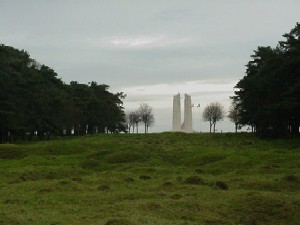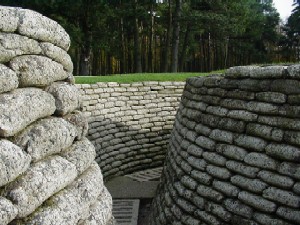|
|
|
The Vimy Ridge monument from a distance. The ground is still torn up from the shells that exploded there and you cannot walk in the fields because there are undettonated mines everywhere. |
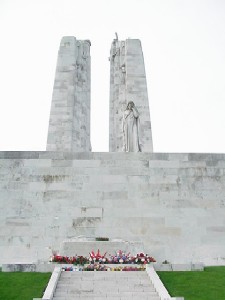 |
|
The back of Vimy Ridge where people lay their wreaths. |
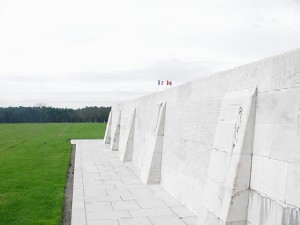 |
|
Another side of the monument. |
|
|
|
The path that leads up to the marble monument. |
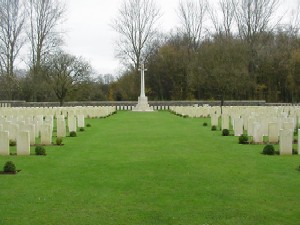 |
|
This is the commonwealth graveyard in Vimy. Soldiers are buried here from Australia, England, New Zealand, India and Canada. There are about 600 Canadians buried here. |
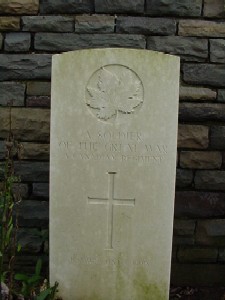 |
|
The gravestone of an unknown Canadian soldier. |
|
|
|
The trenches on the front lines of the war. This is part of the German front line. The trenches are very much the same as they would have been during WWI. |
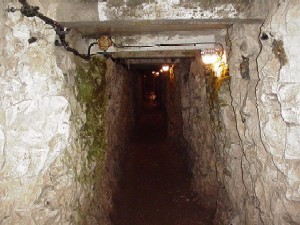 |
|
You can also tour the tunnels at Vimy that were a key to the Canadians' success. They had several kilometers of tunnels, with electricity and telephones. But it wasn't pleasant. It was always wet and damp. The average temperature below ground is 10 degrees. The reason they were able to tunnel, is because the ground is made of very soft chalk. |
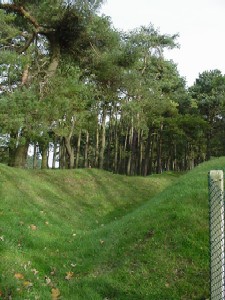 |
|
A closer look at the ground that is still scarred from the war. |
